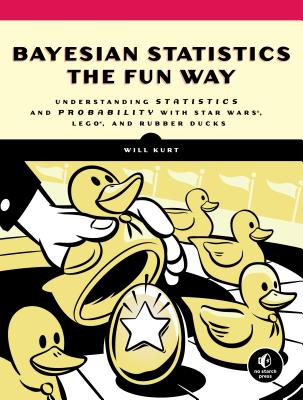What do you think?
Rate this book


256 pages, Paperback
Published July 9, 2019
The danger of nonfalsifiable beliefs in Bayesian reasoning isn‚Äôt just that they can‚Äôt be proved wrong‚Äîit‚Äôs that they are strengthened even by evidence that seems to contradict them. Rather than persisting in trying to convince you, your friend should have first asked, ‚ÄúWhat can I show you that would change your mind?‚Ä� If your reply had been that nothing could change your mind, then your friend would be better off not presenting you with more evidence.
So, the next time you argue with a relative over politics or conspiracy theories, you should ask them: ‚ÄúWhat evidence would change your mind?‚Ä� If they have no answer to this, you‚Äôre better off not trying to defend your views with more evidence, as it will only increase your relative‚Äôs certainty in their belief.
However, subsequent research has since failed to replicate findings supporting the backfire effect. One study conducted out of the Ohio State University and George Washington University studied 10,100 participants with 52 different issues expected to trigger a backfire effect. While the findings did conclude that individuals are reluctant to embrace facts that contradict their already held ideology, no cases of backfire were detected. The backfire effect has since been noted to be a rare phenomenon rather than a common occurrence.